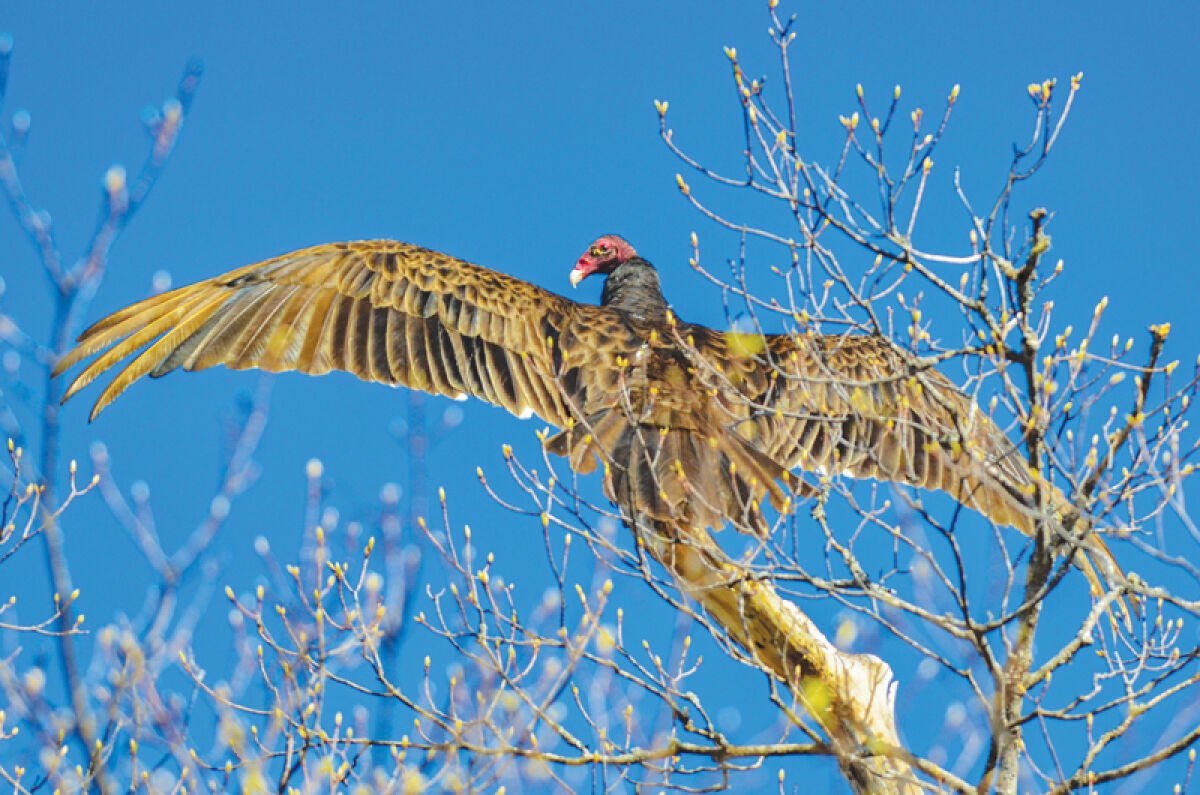METRO DETROIT — Rat poison, while effective at getting rid of a rodent problem, can have adverse effects on creatures that aren’t meant to get their claws on it.
Laura Mikulski, a Ferndale city councilwoman and a member of the Ferndale Rat Patrol, said rat poison has a massive impact on wildlife because anticoagulant rat poison “bioaccumulates up the food chain.”
“When we’re using it, if the rat takes it and starts accumulating it in its body, oftentimes the rat doesn’t die immediately,” Mikulski said. “But even if it does, if anything eats it, it moves up the food chain into that next animal and bioaccumulates in them.”
R. Scott Larsen, a Michigan Department of Natural Resources state wildlife veterinarian, said there are several types of rat poison that can cause death, including poisons that affect the nervous system, ones that release phosphate gases and more. All of these could be used in the household.
Larsen said they see problems when predators eat rats poisoned with anticoagulants.
“We also see problems with animals that are not the target, so things like squirrels and chipmunks that will get into a rodent bait and then they will have the same problems that the rodent will have in terms of those clotting problems,” Larsen said.
Wildlife such as raptors have a very quick death from poison, while coyotes and foxes can exhibit symptoms due to the stress on their immune system. Mikulski said second generation anticoagulants can last in an animal’s liver for up to eight months. Some symptoms can include lethargy, bruising and blood pooling. Also included is mange, which Mikulski said can be a major red flag.
“When they have that much anticoagulant in their body, at a critical stage you can see nose bleeds, you can see bleeding from the rectum,” Mikulski said. “There’s a lot that goes wrong very quickly.”
She also said a small amount of the dye found in rodenticides can be seen in the animal’s poop.
Larsen said they don’t see many cases of rat-poisoned animals.
“The analysis for those poisons is pretty expensive, so we only look at cases where we have a high suspicion,” Larsen said.
They do see it a lot in squirrels and foxes.
“We are only seeing it in the select cases that get to us,” Larsen said. “We’re not doing any broad studies looking to the exposure in our wild population.”
He said animals that die without being found or turned in to the DNR could have exposures that the DNR doesn’t know about.
The danger for humans isn’t necessarily ingestion and bioaccumulation because humans do not eat wildlife. The real risk for humans is if a child gets into rat poison.
“Because it’s brightly colored, they may think it’s candy, and that poses a real risk,” Mikulski said.
She said to better prevent a child from getting into it, get a secured storage box. However, this does not completely eliminate the threat, because rats travel around the property and hide the poison in their cheek pouches.
“If they get scared while they run back to their home, they can drop that rat poison. That’s why we sometimes see cases where kids (get) first-hand poisoning from rat poison out in the backyard,” Mikulski said.
She said this occurrence is very rare.
Pets can also get into rodenticides if they scavenge in the backyard.
“Anytime that you suspect that your dog has eaten a rat, killed a rat, there is a risk involved,” Mikulski said.
She said the first thing pet owners should worry about if a dog kills a rat is leptospirosis. That comes from rat urine.
“That has a certain bacteria that attacks the liver, and when it attacks the liver the dogs can get jaundice and they can die,” Mikulski said. “It’s very serious. There are vaccines for it, but the vaccine does not cover all strains.”
If a dog eats a rat, pet owners should watch their dog for any symptoms, such as lethargy.
“And if you suspect that the rat was poisoned — for instance, if the rat was behaving oddly or if you see that your dog picked up something in your backyard — first-hand digestion of a rat poison can be very critical,” Mikulski said.
She said in those cases, it’s best to take the dog to a vet.
Larsen suggested that pet owners keep rat poison out of areas where pets can get to it.
“Most of those baits are not going to be designed to be attractive to those animals, but certainly they can get into, and that can also be a concern if you have a rodent that dies or is sick because it gets into that rodenticide,” Larsen said.
He said the concern is if a pet finds the rat, eats it and gets sick from there.
Rat poison alternatives include snap traps placed at night. Mikulski suggested these traps have some sort of protection over them so non-targeted species aren’t hurt or affected.
Homeowners can use dry ice in a method Mikulski called “burrow busting.” The CO2 sublimating from the dry ice sinks in the burrow when the rats are sleeping, euthanizing them. Mikulski called the method “wildly effective.”
“But local pest control people cannot do that because they have to use something that is an EPA-approved pest control device or application,” Mikulski said.
A number of other methods could be used instead of rat poison. Larsen said decreasing their food supply helps.
“Enclosing containers if there’s any sort of feed,” Larsen said. “If there’s bird feeders, making sure that there’s not fallen seed around on the ground attracting rodents, potentially even bringing those in at night.”
He said sealing up basements and crawlspaces and also having a domestic cat could help as well. He said prevention is going to be one of the biggest keys.
 Publication select ▼
Publication select ▼






















